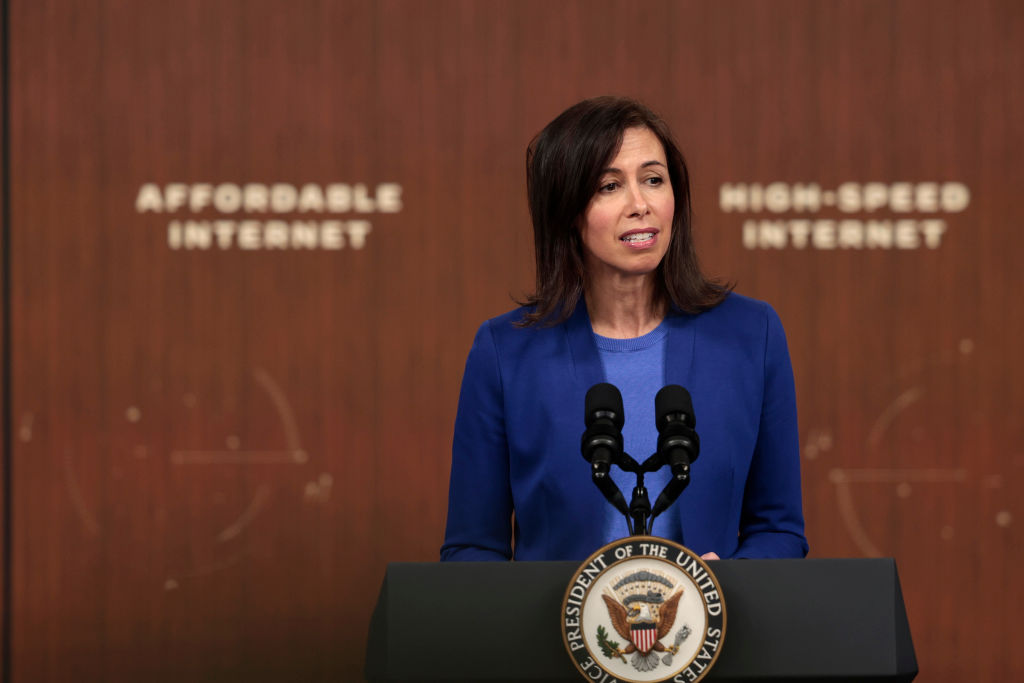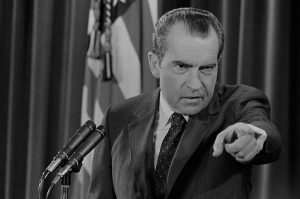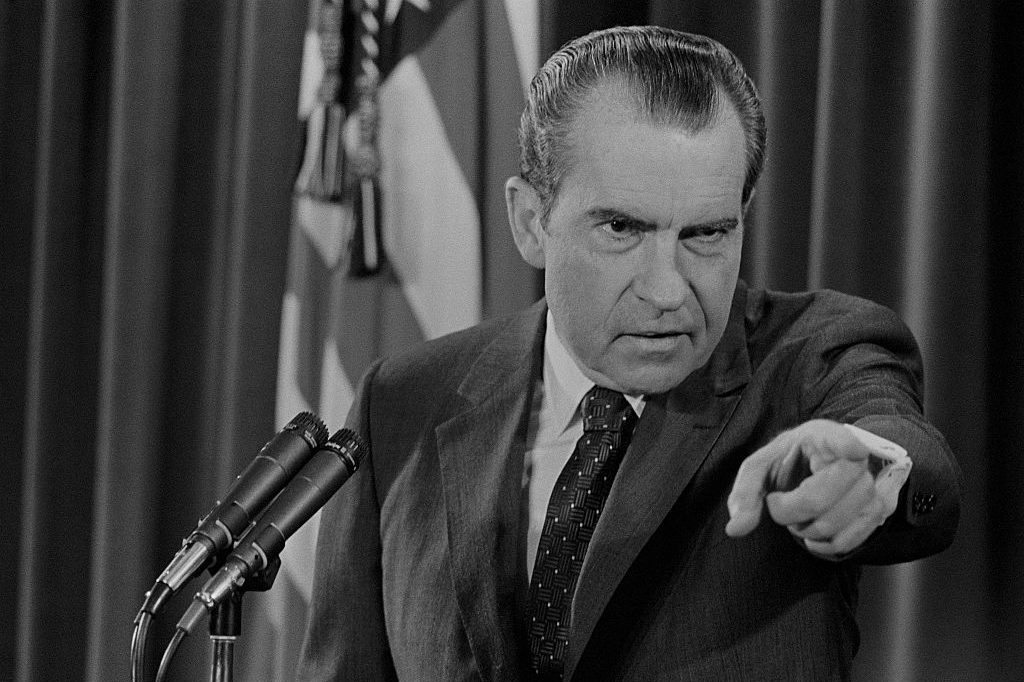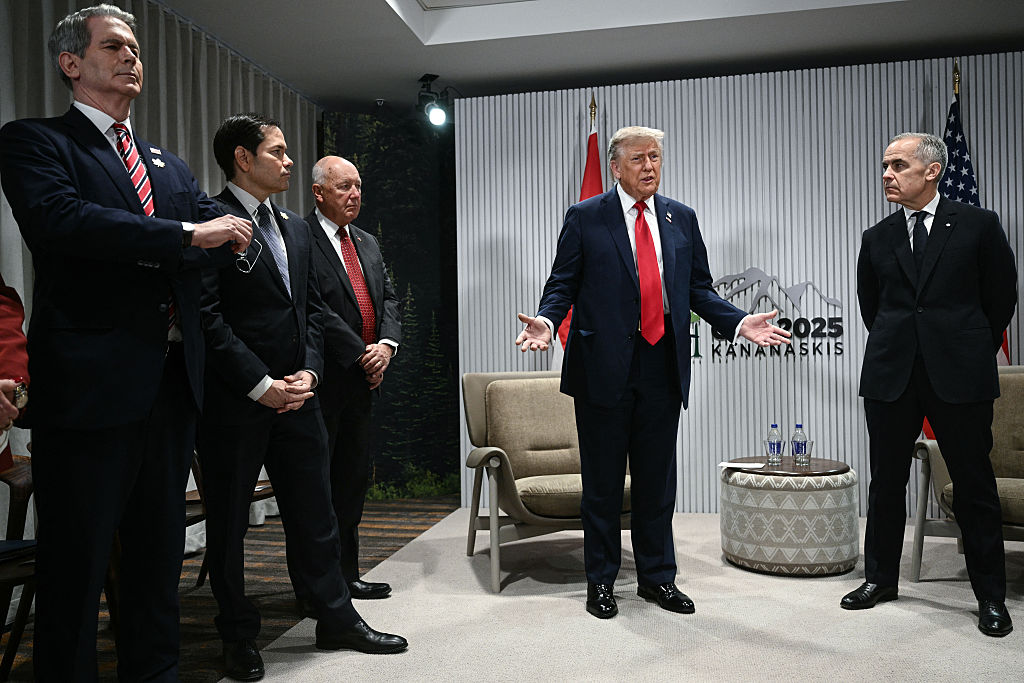The sun sets slowly over rural Indiana. In a quaint, sunlit kitchen, a concerned family gathers around a laptop. The pixelated face of a doctor fills the screen, her voice crackling with urgency. She’s discussing critical, life-saving interventions for the family’s patriarch, the victim of a recent, unexpected stroke. As she tries to explain the diagnosis, the video starts buffering, the voice breaks up and the screen freezes.
Why was the internet struggling? Dissuaded by an onerous regulatory environment, investors wouldn’t take a risk on rural infrastructure projects. Lacking incentives to develop new technologies, the local providers fell behind the curve. Meanwhile, in his parent’s basement in nearby Chicago, a lonely boy joins his guild in a multiplayer streaming game of Warcraft. Vying for the same bandwidth, each packet of game data is treated with the same urgency (or lack of) as the emergent medical situation.
Welcome to the world of network neutrality: the recycled Obama-era policy that may dismantle the open internet as we know it.
In this hyper-digital age, where the internet has intertwined inseparably with our lives, the same woke sloganeering that has crumbled our universities and kneecapped our once vibrant metropolitan centers may claim the internet as its next victim. The consequences here, though, may be even more dire.
Net neutrality — the philosophy that holds every packet of data should be treated equally — is the Biden administration’s latest infatuation. It’s a timeless dance: drape an issue in the comforting garb of fairness, of “for the people,” and the masses rally. But when the curtains are pulled back, what’s revealed isn’t an altruistic fight for the downtrodden, but a strategic maneuver to annex more control.
Our story begins in the 1930s with the Telecommunications Act of 1934, where the intent was simple: oversee and regulate the telephone monopolies that loomed large over communication landscapes. Title II of this Act, specifically, was designed to categorize such lumbering telecom monopolies (think MCI, AT&T, Southern Bell) as “common carriers,” putting them in the same category as railroads and public utilities like water and sewer providers. This designation allowed the government to monitor and regulate rates, created onerous reporting and transparency requirements and offered vague restrictions on behavior that gave the FCC near endless power to weigh in on decisions.
Fast forward to the early twenty-first century, and the specter of net neutrality begins its initial stirrings. Noble in its intent, the neutrality policy sought an egalitarian internet where every byte of data was treated equally.
Regulators began looking for ways to grab hold of the levers of control on the internet and enforce this new ideal; however, the mechanism of its implementation was questionable. How would they do it? Rather than allowing Congress its say, they’d simply leverage that vague, nearly century-old telecommunications law to define internet service providers, or ISPs, as another “common carrier.”
These regulations, conceived in an era of rotary phones and built to protect consumers against forced monopolies, could scarcely foresee the internet’s sprawling digital expanse, nor its technology-driven competitive landscape. The internet now beams down from Elon Musk’s satellites, radiates over cell networks, travels along coax cables, pulses through fiberoptic cables and buzzes into our homes through telephone lines. But despite Title II’s designation being built to protect against monopolies, the internet’s competitive landscape was nary enough to abate ceaseless regulators.
By 2015, this debate reached fever pitch, and net neutrality was officially codified, draped in the garments of outdated regulations. Critics, like Brendan Carr of the FCC, lamented this decision, dubbing it “one of the greatest regulatory hoaxes in US history.” Carr’s own feelings on neutrality have been scathing.
Then, in a twist, 2018 saw the repeal of net neutrality. Carr reflected on the apocalyptic way the media treated the event. “CNN’s banner headline said, ‘End of the Internet As We Know It’,” Carr told The Spectator in an interview. Yet, the digital doomsday never arrived. Instead, the internet thrived: speeds increased, prices dwindled, and the prophecies of chaos were debunked.
Now, as we stand on the cusp of 2024, history will assuredly repeat itself. Rumblings of recodifying net neutrality have surfaced and the Biden administration has quickly turned to executive action. Current FCC chair, Jessica Rosenworcel, made her plans to revive the failed policy known just last week. Yet, the words of former FCC chair and Carr’s colleague, Ajit Pai, resonate more than ever: net neutrality is “a solution that won’t work to a problem that doesn’t exist.”
In the poetic caution of Ajit Pai, we find a deep truth. At its core, the internet relies on a ceaseless volley of data packets. These packets, carrying everything from the most trivial memes to the most crucial of medical data, aren’t created equal. Some are urgent; some can afford a delay. An email may patiently wait, but a surgeon in the midst of a telemedicine procedure cannot.
The political left frequently lean on oversimplifications and flawed analogies to make the case for net neutrality. The frequently cited “slow lane” and “fast lane” metaphor, where a world without net neutrality creates an internet caste system, falls drastically short in capturing the true intricacy of the web. As noted by the American Enterprise Institute, this slow lane fast lane depiction “is more dystopian fiction than reality.” The truth is that the internet isn’t a two-lane highway; it’s a complex, multilayered ecosystem. Packets of data are all flowing at the same speed, but the challenge is figuring out what to do when there are more packets flowing than can be handled in a given moment? Of course an increase in bandwidth is the dream, but it’s expensive and often uneconomic to bring to life. So, what are the options?
Well, as AEI suggests:
One can drop packets randomly, which seems to align with net neutrality’s ethos that all traffic should be treated the same. But there’s a problem with this model: different internet content and applications have different susceptibility to congestion. A user loading an email or a webpage is unlikely to notice if some packets are dropped and resent. But streaming video or FaceTime may buffer, which erodes the consumer’s experience and makes the product less reliable. As Jeffrey Campbell [Cisco Systems VP] notes, an alternative would be to drop packets intelligently, by deprioritizing traffic that is less sensitive and prioritizing traffic that is more sensitive to congestion. This would improve the experience for streaming video (for example) without measurably degrading the web surfer’s experience.
This sort of intelligent and real-time prioritization of internet traffic has been nearly singularly responsible for the huge upswing in performance over the past decade. And, as Carr points out, it is only getting simultaneously more effective and more complex.
“So as you look at 5G,” Carr said, “we have all these technologies like ‘network slicing’ and other complex approaches that are very pro-consumer and are really going to make the networks form even better and more reliable. And now you have bureaucrats like me in Washington in a position to second-guess those really sophisticated network management decisions that we want engineers to be making.”
Just the implication of it will quash private investments in those new technologies and create a bureaucratic stranglehold on the internet. Future investments would likely be worked into higher pricing or pushed off onto taxpayers.
Worse yet, if neutrality truly mandates the equitable treatment of data packets, it would mean a much slower experience for everyone and likely the end of investments in edge technologies like FaceTime and telesurgeries. As Carr rightly points out, this ignorant treatment of data is “not the way the system is engineered… It’s not how the internet works — that’s not how it ever worked.”
The underpinning fabric of the internet is a work of technical brilliance, shaped and refined by engineers who have dedicated their lives to understanding its every nuance. Every decision is deliberate, based on technical necessity and efficiency. Mandating data packet neutrality would cripple it. Net neutrality is a solution that simply will not work.
Since the repeal of net neutrality, America has not only evaded the doomsday prophecies that were predicted, but the internet has flourished. US broadband infrastructure has seen an unparalleled expansion. Internet speeds have seen a significant rise. Prices have become more consumer-friendly. Against the backdrop of a cacophony of naysayers, the internet’s capability has grown tremendously.
Carr provided a simple breakdown: “They told us it was the end of the internet and we’d be getting our websites one word at a time. Well, internet speeds are up something like six-fold on the mobile side.” This isn’t the fragile, monopolized realm of slow and fast lanes that detractors had prophesied. In fact, the opposite has happened. “Prices, in real terms, are down,” Carr said. “They haven’t kept up with inflation.” In essence, the consumers are the true beneficiaries.
When we pull back the curtain on the Biden administration’s fervent push for net neutrality, you can’t help but detect an undertone of irony, perhaps even self-interest. The president, after all, owes a significant debt to the very non-neutral strategies employed by Big Tech during his election run. The near-silencing of the story surrounding his son’s laptop, with its litany of questionable content, cemented his campaign’s control over a narrative.
The political elegance is almost Shakespearean: a president, bolstered to power through the very non-neutral strategies of Big Tech, now champions a drive for “net neutrality.” But at its core, is it genuinely about ensuring a “fair” and “equitable” digital space for all? Or is there a deeper, more Machiavellian goal at play?
Reflecting on the original Obama-era push for net neutrality, Carr shed light on the politicking of it all: “People in this town knew better. But they let all that go because they were after one thing and one thing only: increasing government control of the internet.”
The truth is painfully simple: net neutrality is coming; it’s inevitable. As Carr said, “This is happening, and it will move very quickly.” He says we can plan on seeing it brought to life by next spring.
Carr’s sentiment looms large: “The policies the administration is pushing… it’s going to lead to a slower internet. It’s going to lead to fewer Americans getting connected.” But the stakes may be much higher. Price controls, decreased innovation, stagnant investment, and an executive branch with the power and means to act on anything they deem a “threat.”
At this crucial juncture, we must ask ourselves: will we allow the siren song of anti-capitalism to blind us to the very real consequences of our choices? The internet’s fate hangs in the balance, with freedom, innovation and access teetering on the edge.


























Leave a Reply